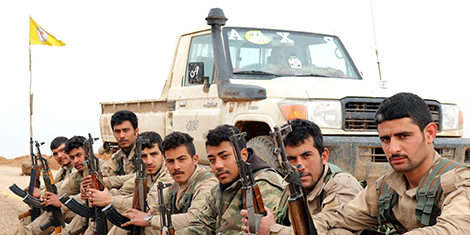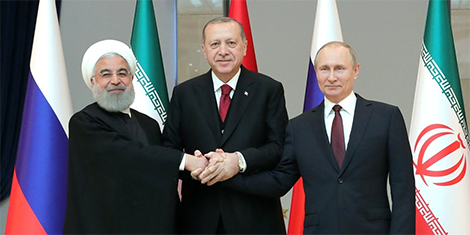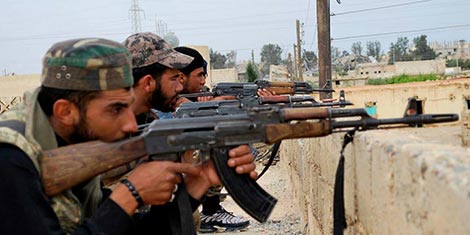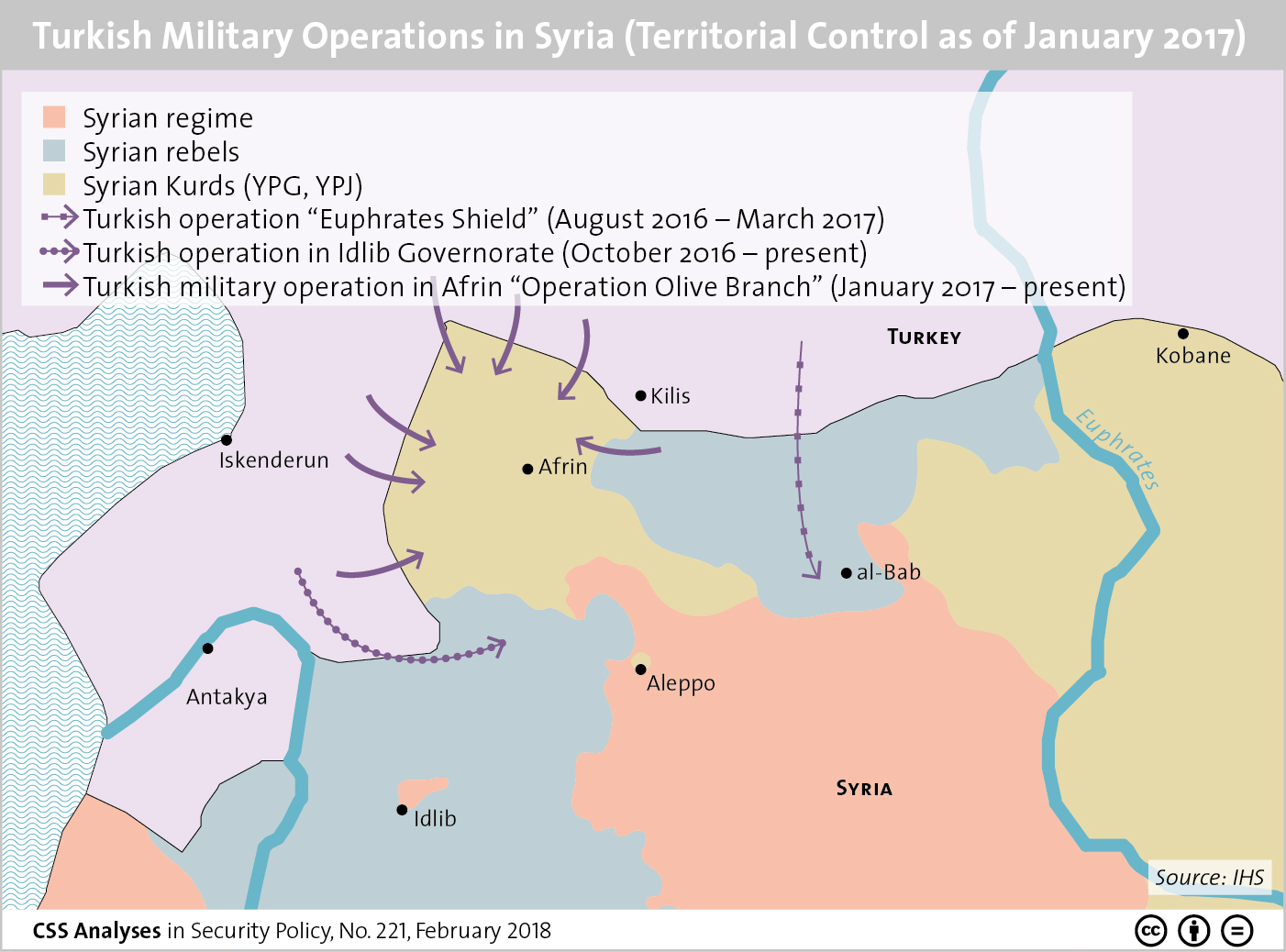
This publication was originally published by Political Violence @ a Glance on 16 October 2019.
The Turkish incursion into northern Syria has revealed a central truth in international affairs: that the future of military interventions will not be Vietnam-style imbroglios or long wars of attrition. They will be mostly one-off cross-border incursions of limited lifespans, casualties, or attention (though, contrary to many recent cross-border operations, Turkey’s latest incursion has attracted a lot of attention). The terrain will be difficult and rural; the level of governance minimal.







